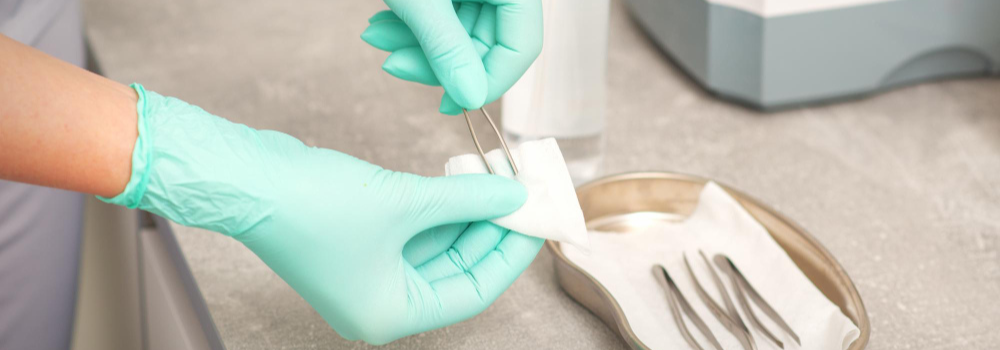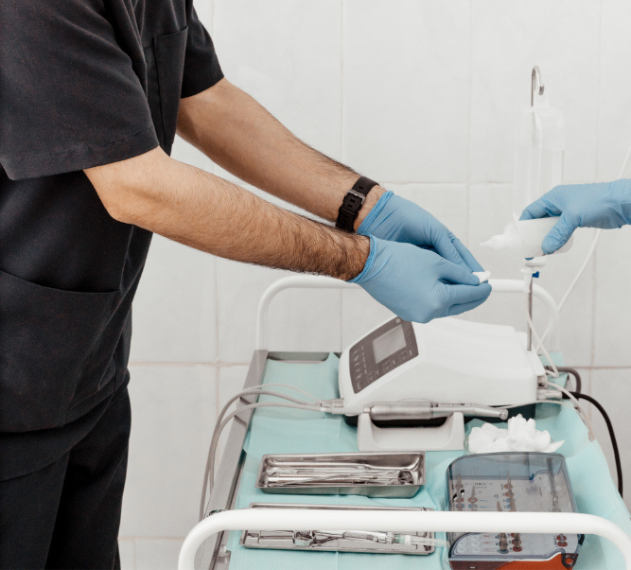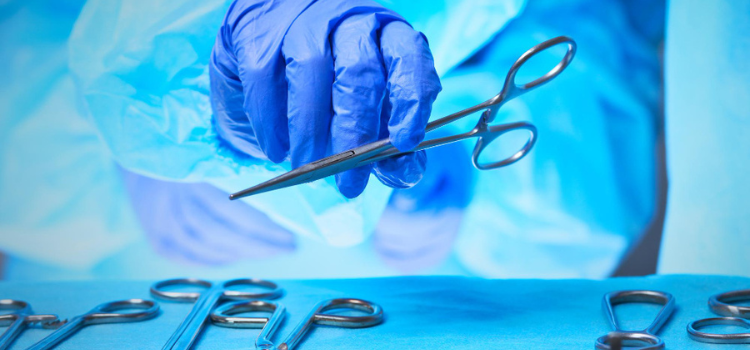Properly cleaning surgical instruments is crucial for maintaining patient safety and preventing the spread of infections. When surgical instruments are not cleaned thoroughly, they can spread harmful diseases that can lead to serious difficulties and even death. This is why surgeons and medical professionals need to adhere to best practices in cleaning surgical instruments.
In this ultimate guide, we will share with you these practices for cleaning tools that every surgeon should know. Additionally, we will explore the importance of cleaning these tools, common mistakes to avoid, and the significance of proper cleaning for patient safety.
Importance of Cleaning Surgical Instruments
Cleaning surgical tools is a critical step in the healthcare process. It not only removes visible dirt and debris but also eliminates microorganisms that may be present on the instruments. Failure to effectively clean surgical instruments can lead to serious consequences, including surgical site infections and compromised patient outcomes.

To ensure the highest level of cleanliness, it is essential to understand the different types of surgical instruments and their specific cleaning requirements. These instruments are often made of materials such as stainless steel, which are prone to corrosion. Proper cleaning techniques, therefore, help to maintain the integrity and longevity of these instruments.
Additionally, cleaning surgical tools whether it’s general or plastic surgery instruments, is vital for the prevention of cross-contamination. Inadequately cleaned instruments can harbor bacteria, viruses, and other pathogens, potentially transferring them from one patient to another. By following best practices for cleaning, surgeons can minimize the risk of healthcare-associated infections and create a safer environment for their patients.
Best 5 Practices for Cleaning Surgical Instruments
Here are 5 practices for cleaning all types of surgical instruments:
#1. Pre-cleaning – Immediately after a surgical procedure, it is important to pre-clean the instruments. This involves removing any visible debris, blood, or tissue from the instruments. Additionally, the use of enzymatic cleaners can help in the breakdown of organic matter, making the pre-cleaning process more effective.
#2. Disassembly – Disassembling surgical instruments before cleaning allows for a more thorough cleaning process. Just like in the abdominal detachable retractor, small gaps and hard-to-reach areas might have dirt or germs. Taking apart the tools helps clean them more thoroughly because you can reach everywhere. During disassembly, one must take care to avoid damaging delicate instrument components.
#3. Manual Cleaning – Moreover, manual cleaning involves the use of brushes, sponges, and other cleaning tools to physically remove any remaining debris from the instruments. It is also crucial to use a detergent specifically designed for surgical instruments and follow the recommended dilution instructions. Furthermore, make sure to scrub all parts of the tools well, especially the tricky spots like hinges and joints.
#4. Ultrasonic Cleaning – Ultrasonic cleaning is a highly effective method for removing contaminants from surgical instruments. It involves placing the instruments in an ultrasonic cleaner filled with a cleaning solution. However, the high-frequency sound waves generated by the cleaner create millions of tiny bubbles that implode, creating a scrubbing action that dislodges debris from the instruments.
#5. Drying and Sterilization – After cleaning, it is essential to thoroughly dry the instruments to prevent the growth of bacteria and the formation of rust. Using forced air drying or placing instruments in a drying cabinet achieves proper drying. Once dry, you can sterilize the instruments using suitable methods like autoclaving or chemical sterilization.

Common Mistakes to Avoid When Cleaning Surgical Instruments
While understanding the best process for cleaning surgical instruments is crucial, it is equally important to be aware of common mistakes that should be avoided. Here are a few of them.
- Delaying the Cleaning Process | It is essential to begin the cleaning process ASAP after operation. Delaying the cleaning can lead to the drying of blood and tissue on the instruments, making it more difficult to remove them effectively. Quick cleaning ensures the best chance of achieving a thorough and successful cleaning outcome.
- Mishandling of Instruments | Additionally, mishandling surgical instruments like cardiovascular surgical instruments during the cleaning process can lead to damage and compromise their functionality. However, it is important to handle instruments with care, avoiding excessive force or improper disassembly. Inspecting instruments before and after cleaning can help identify any damage or wear and tear that may require repair or replacement.
- Incomplete Rinsing | Proper rinsing is also important to remove any residual cleaning agents from the instruments. Failing to rinse instruments thoroughly can lead to residues that may interfere with sterilization or cause adverse reactions in patients. Ensure that instruments are rinsed with clean, running water and inspected to ensure no traces of cleaning agents remain.
- Using Wrong Cleaning Solutions | Not all cleaning solutions are suitable for all types of surgical instruments. Using the wrong cleaning solution can damage instruments or reduce their effectiveness. Always refer to manufacturer guidelines and use cleaning solutions specifically recommended for the type of instruments being cleaned.
Conclusion | Importance of Proper Cleaning for Patient Safety
In conclusion, proper cleaning of surgical instruments is crucial for maintaining patient safety and preventing healthcare-associated infections. By following the best practices outlined in this guide, surgeons can ensure the cleanliness and effectiveness of their instruments.

However, understanding the importance of cleaning surgical instruments and avoiding common mistakes are essential steps towards achieving optimal patient outcomes. By prioritizing the cleanliness of surgical instruments, surgeons contribute to the overall success of surgical procedures and create a safer environment for their patients. At Surgi Right, we believe proper clean surgical tools keep patients safe. Regardless, we’re committed to making sure our instruments are squeaky clean to help doctors everywhere provide the best care. Remember, patient safety begins with proper cleaning. Together, let’s embrace these best practices and transform the lives of patients.

